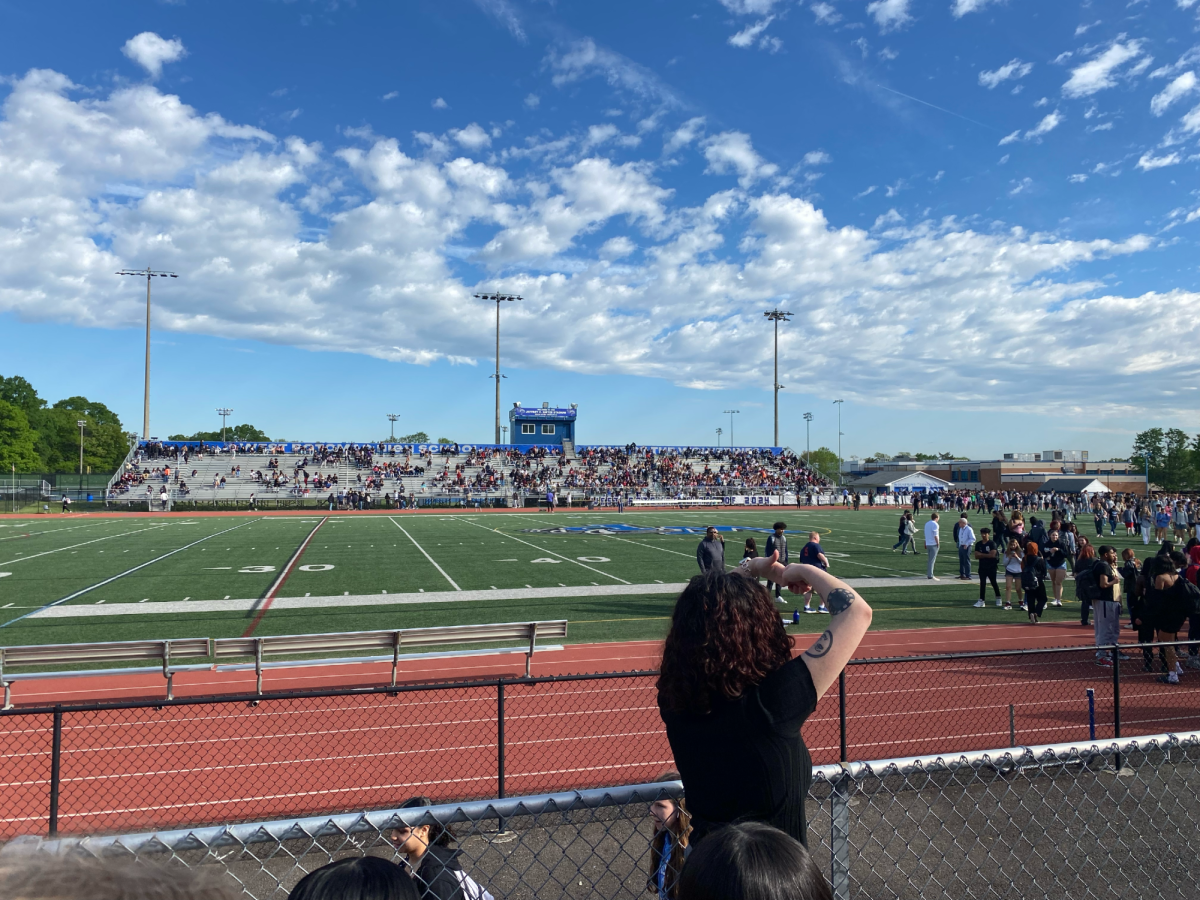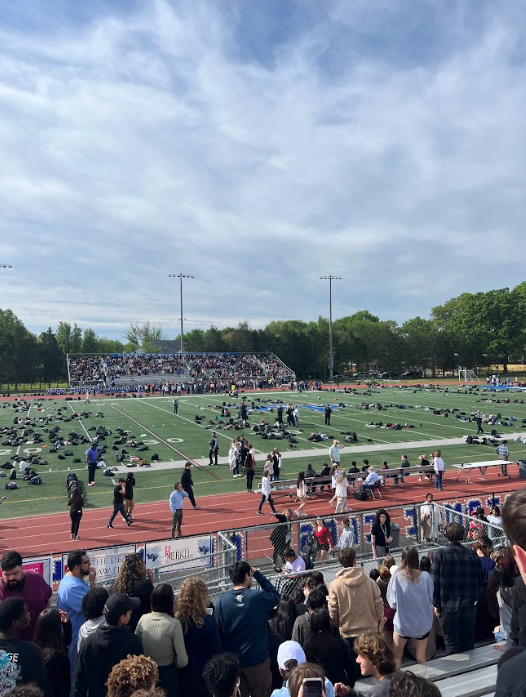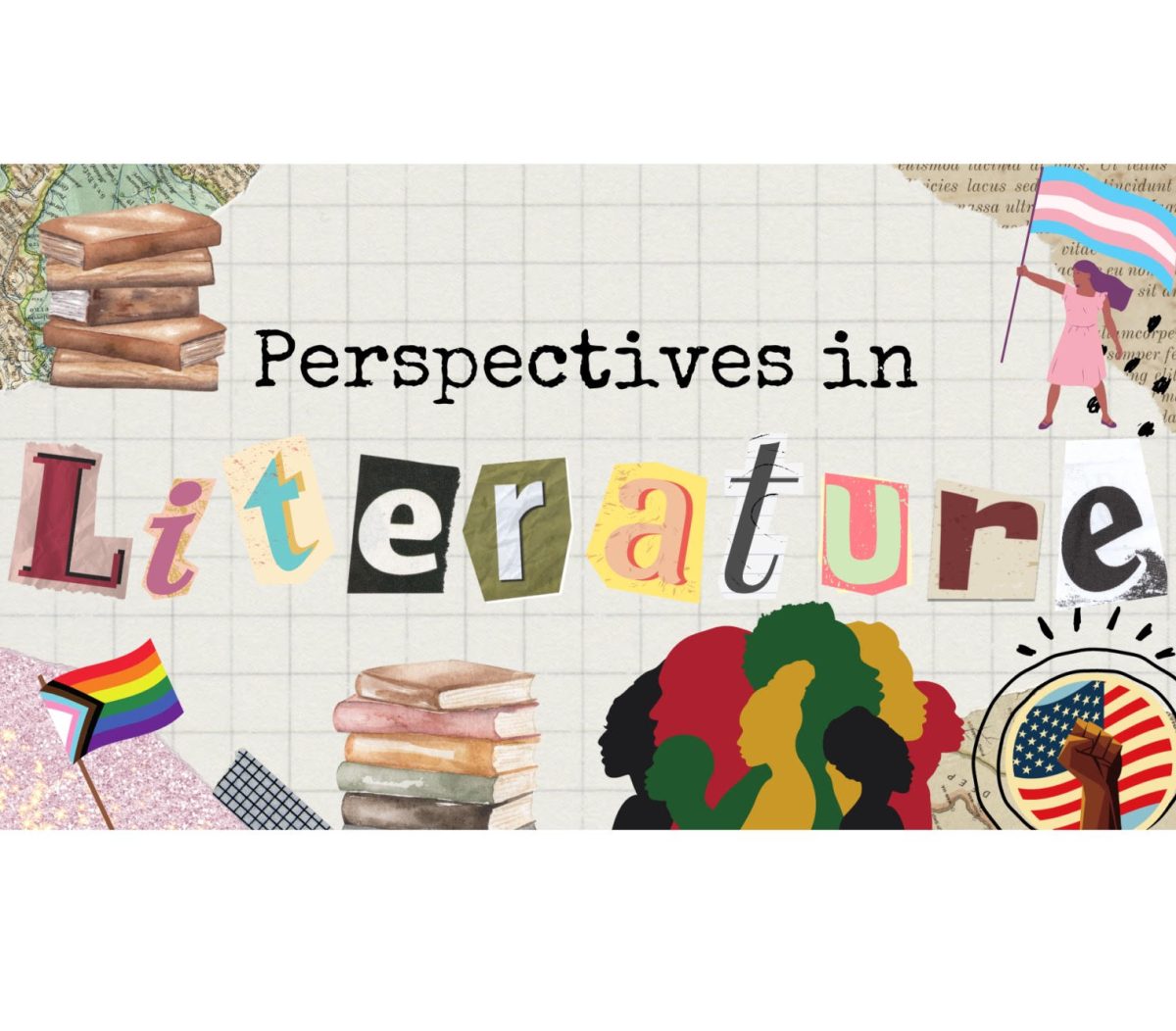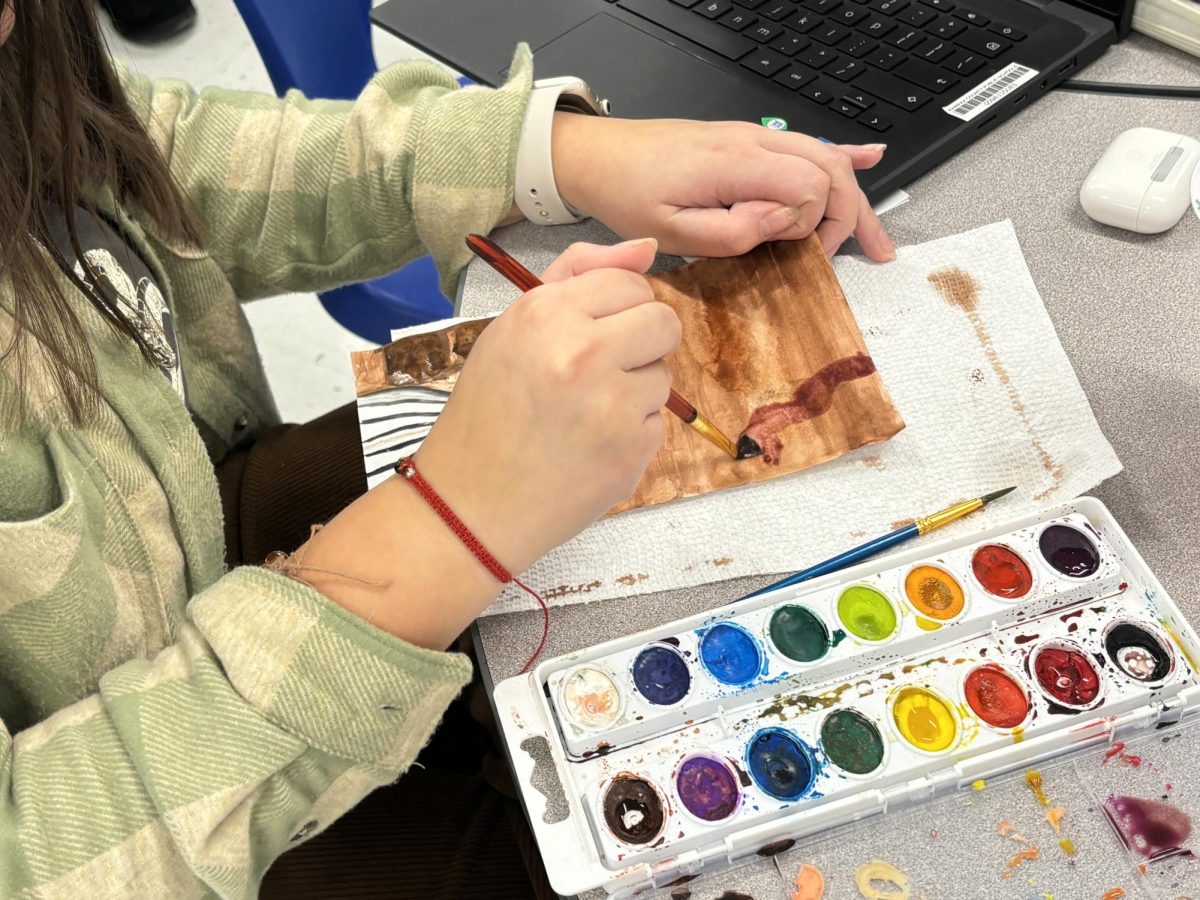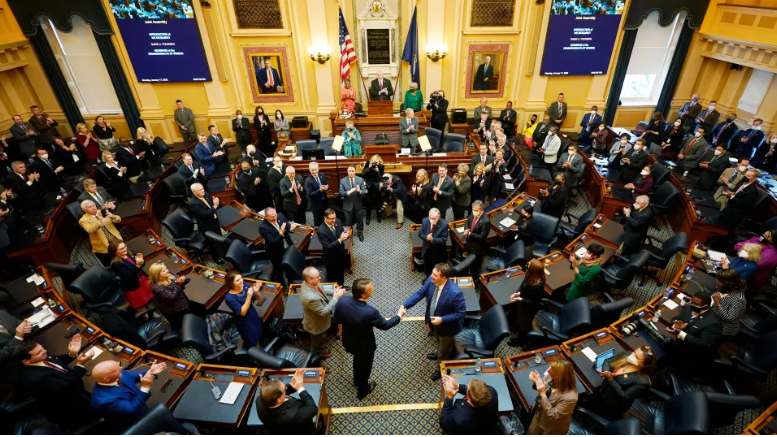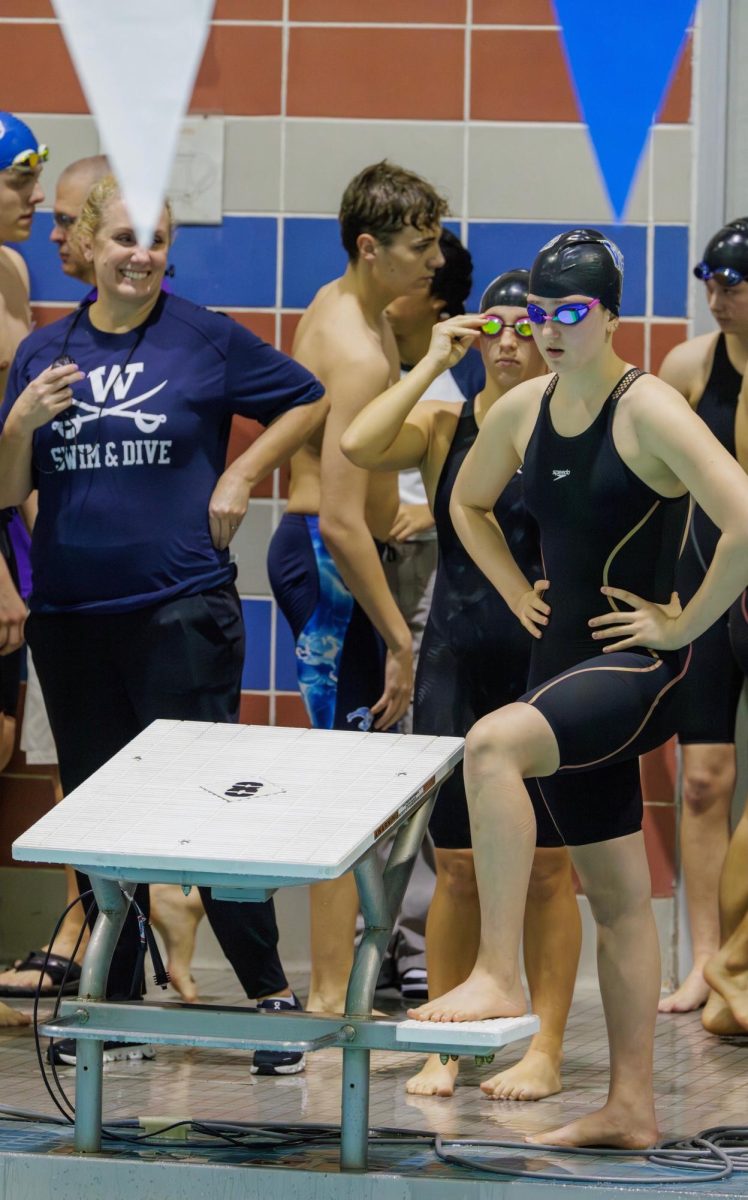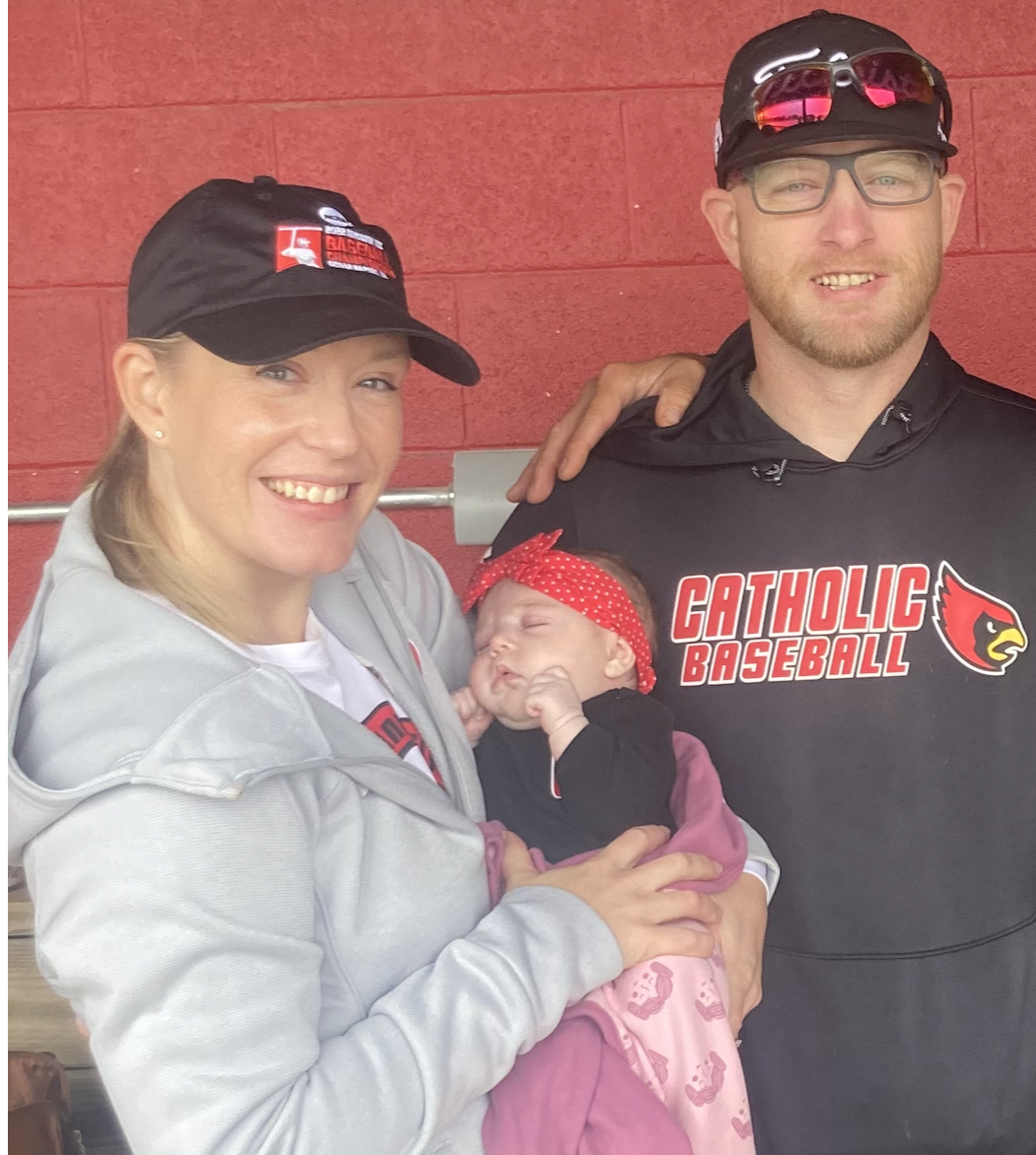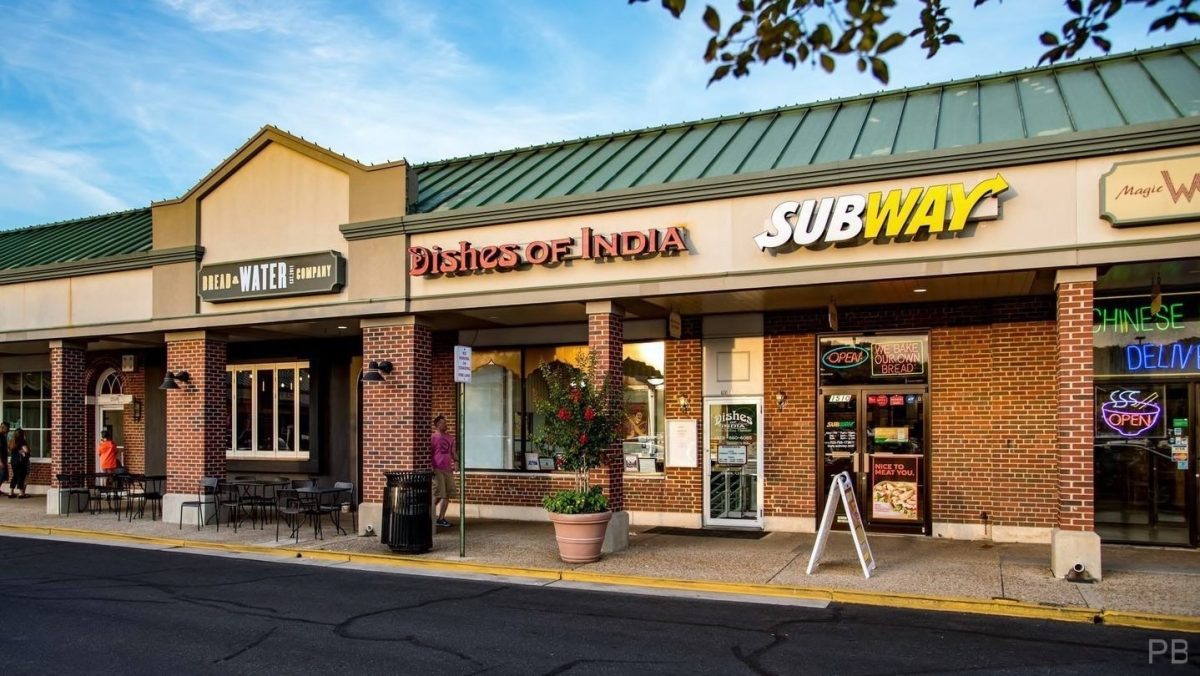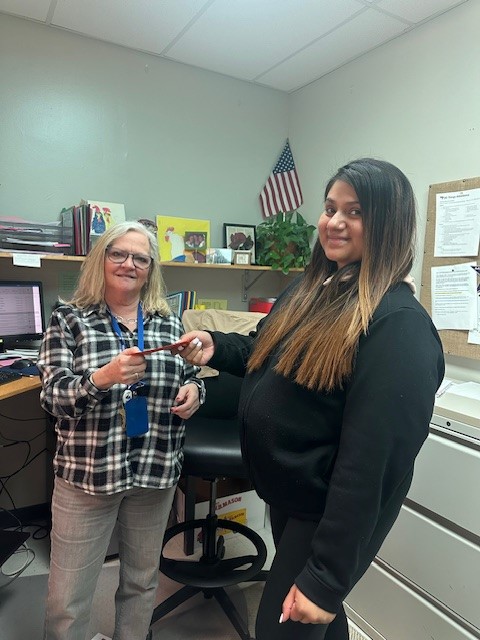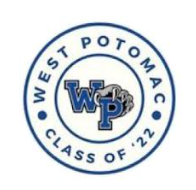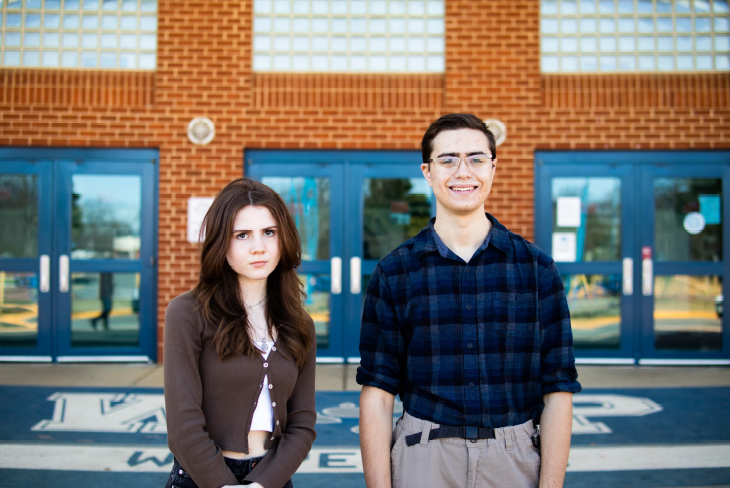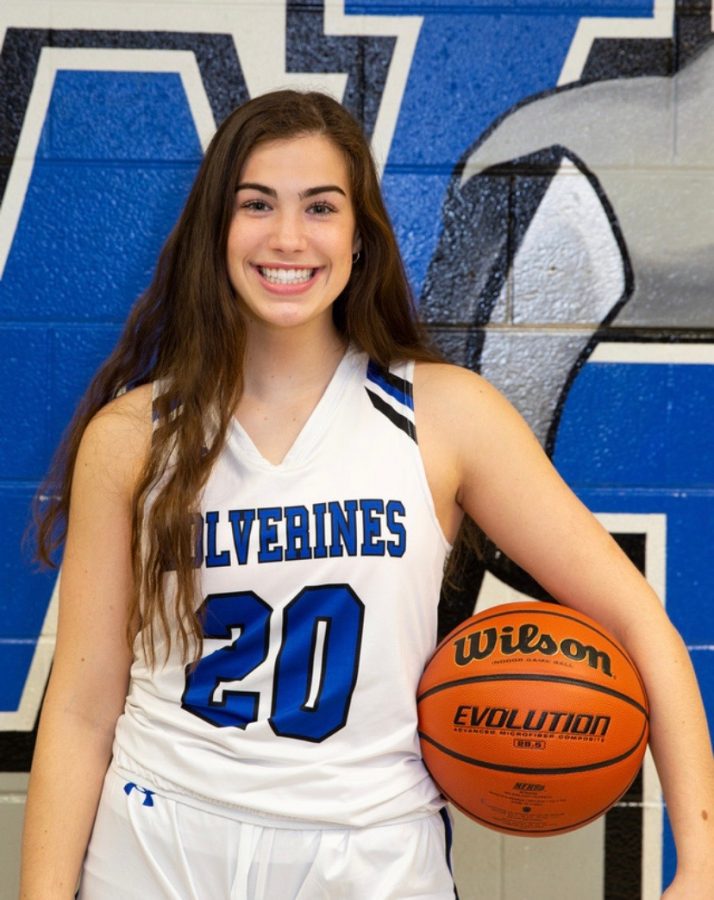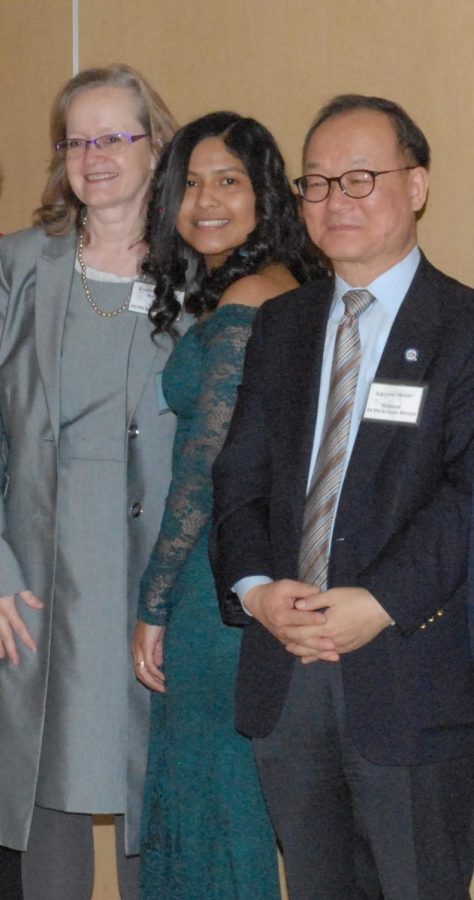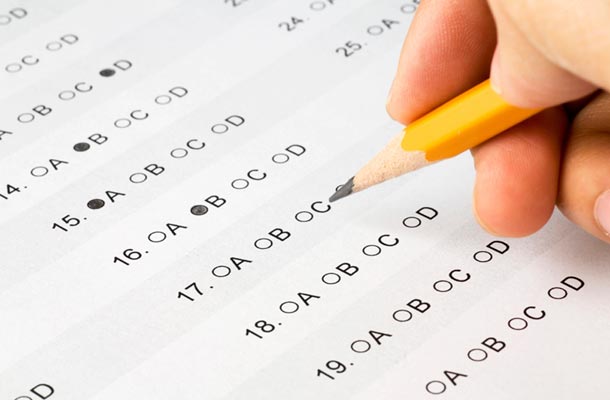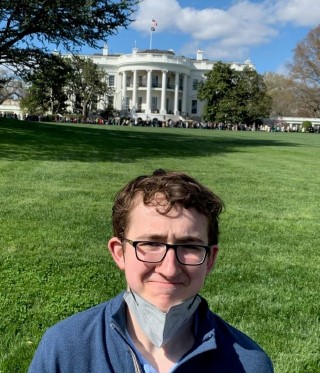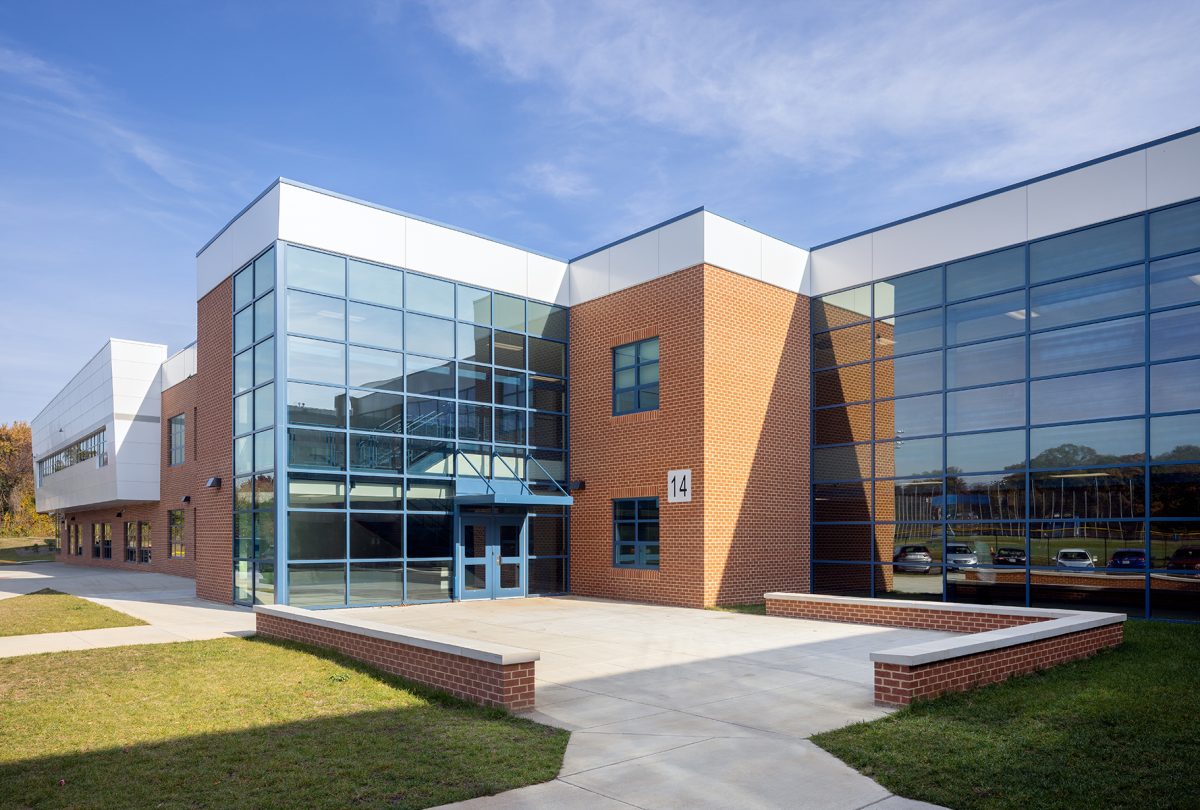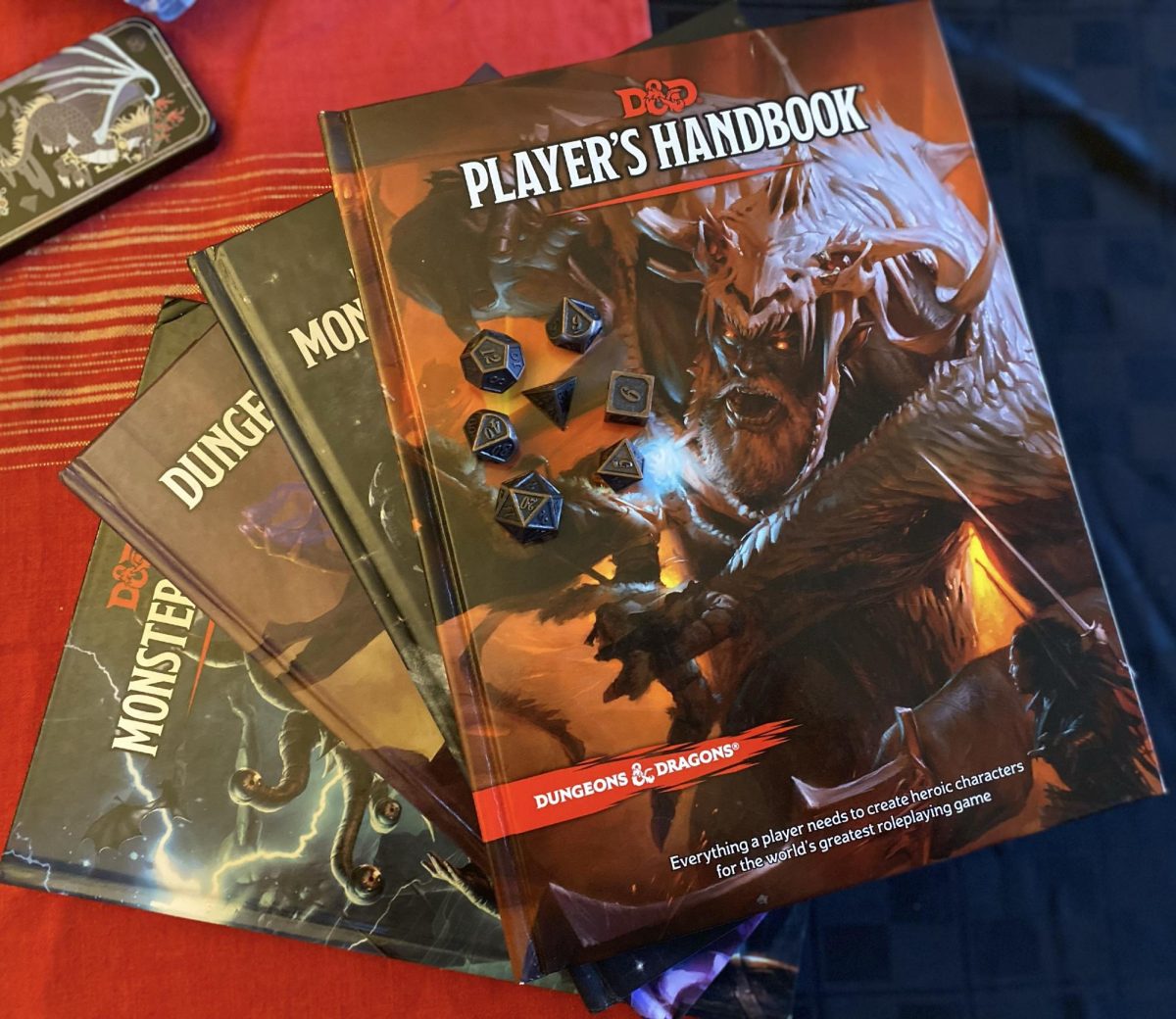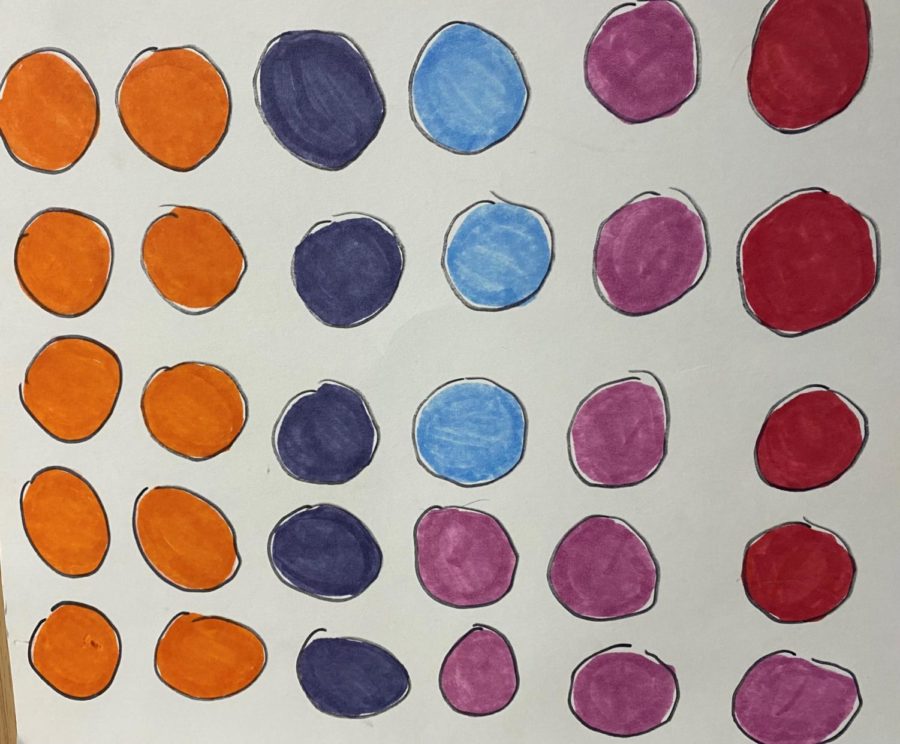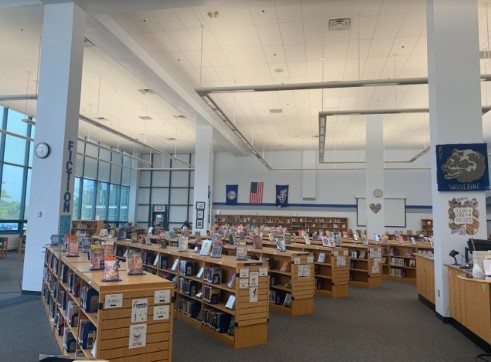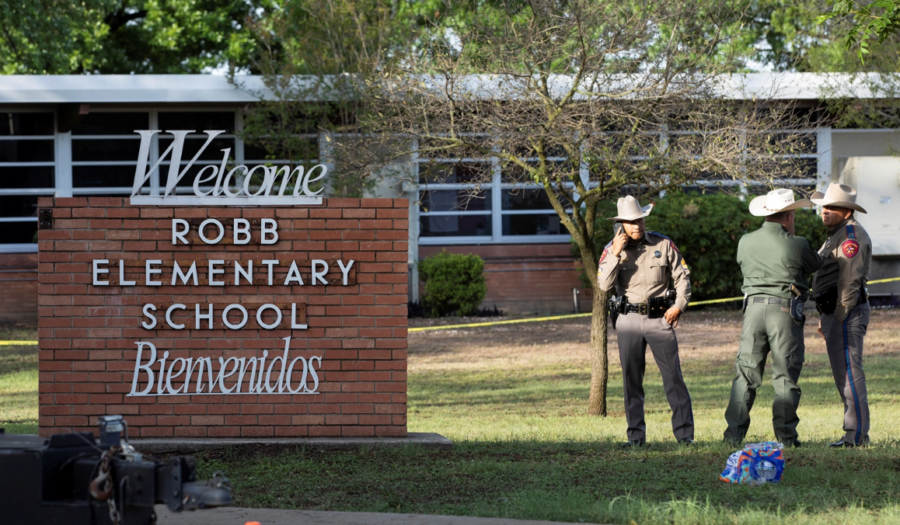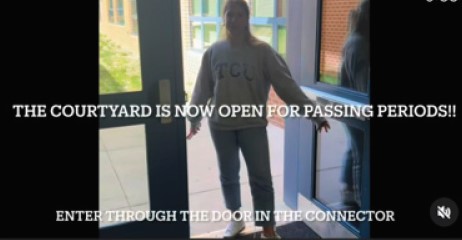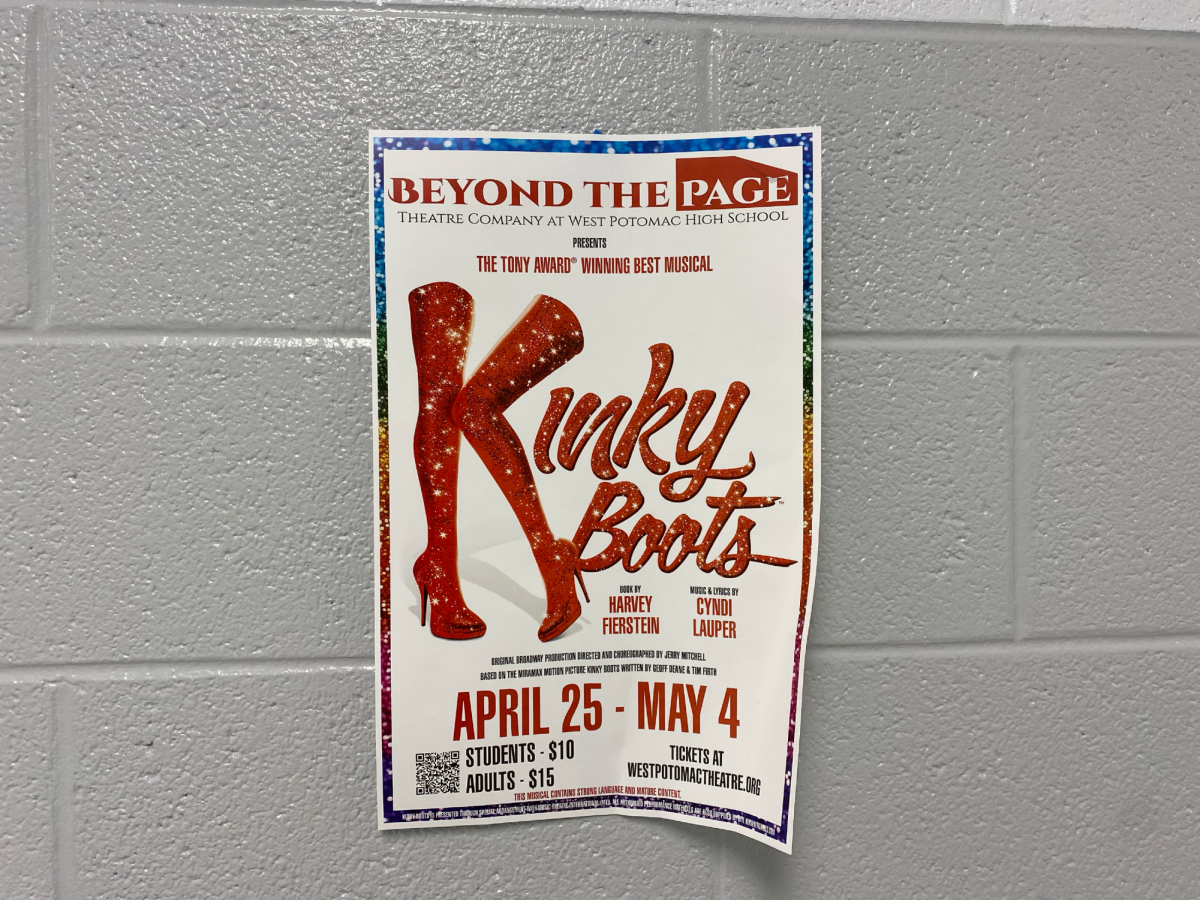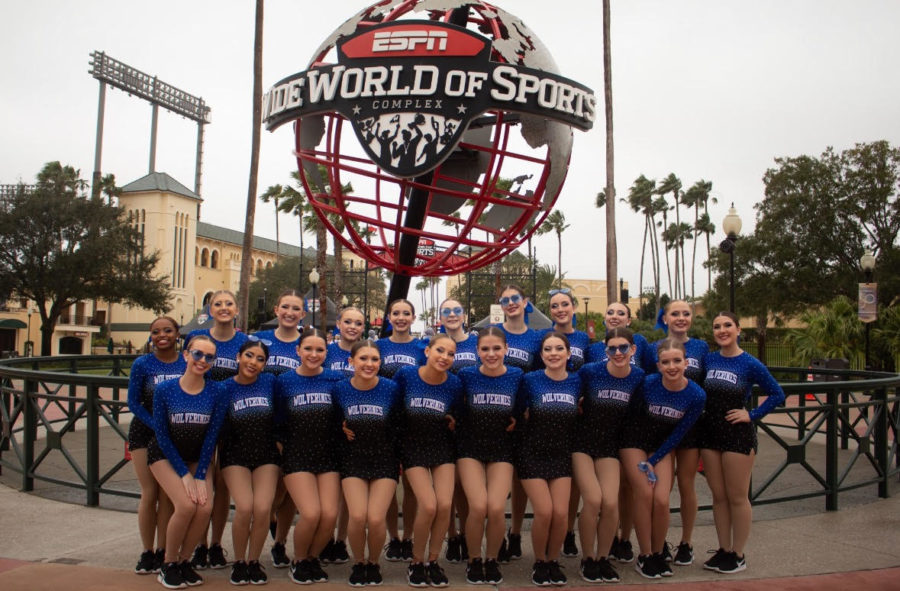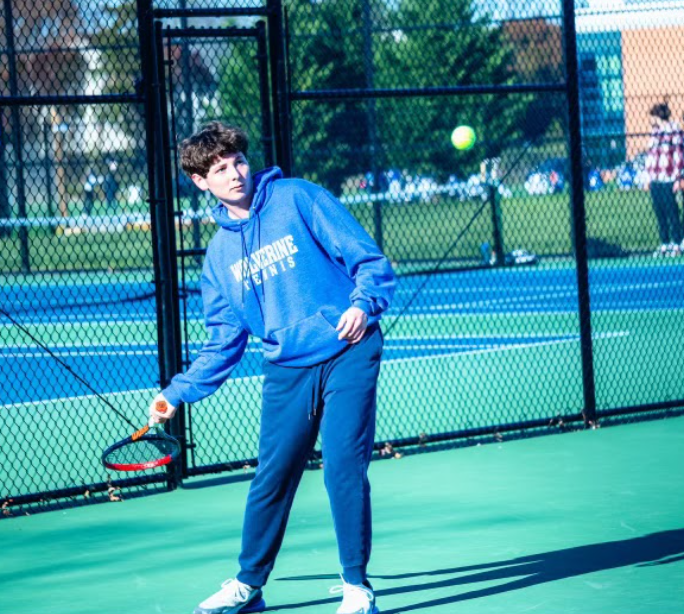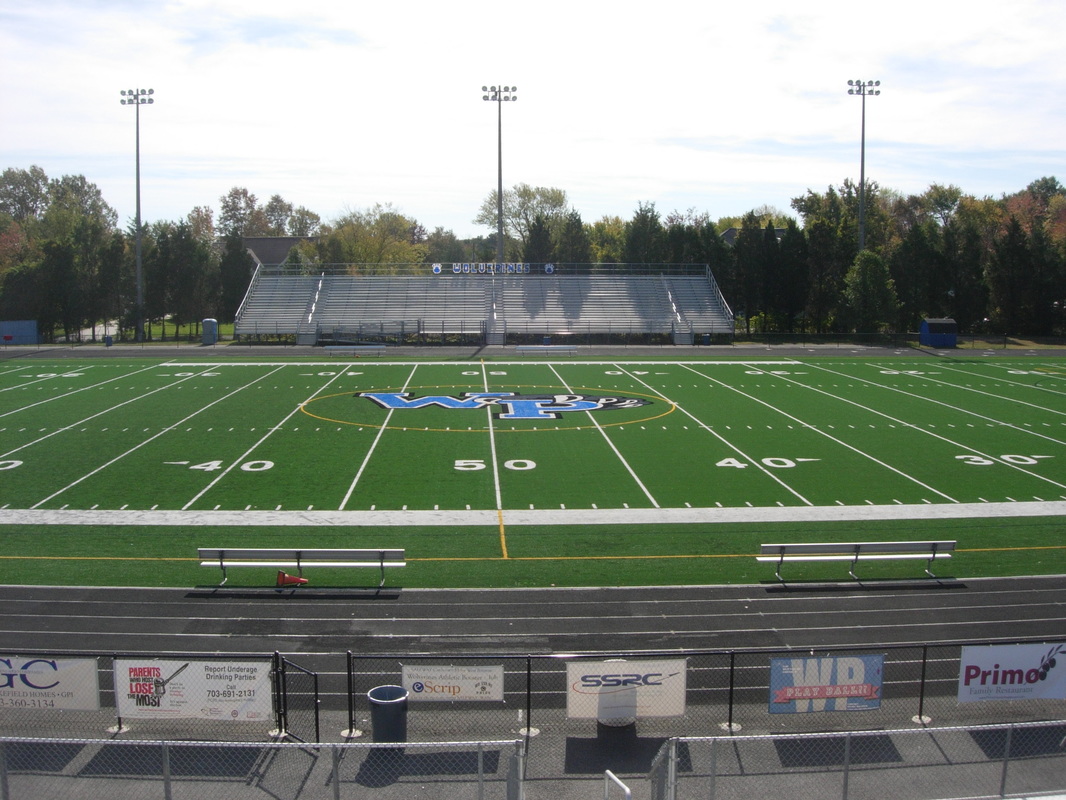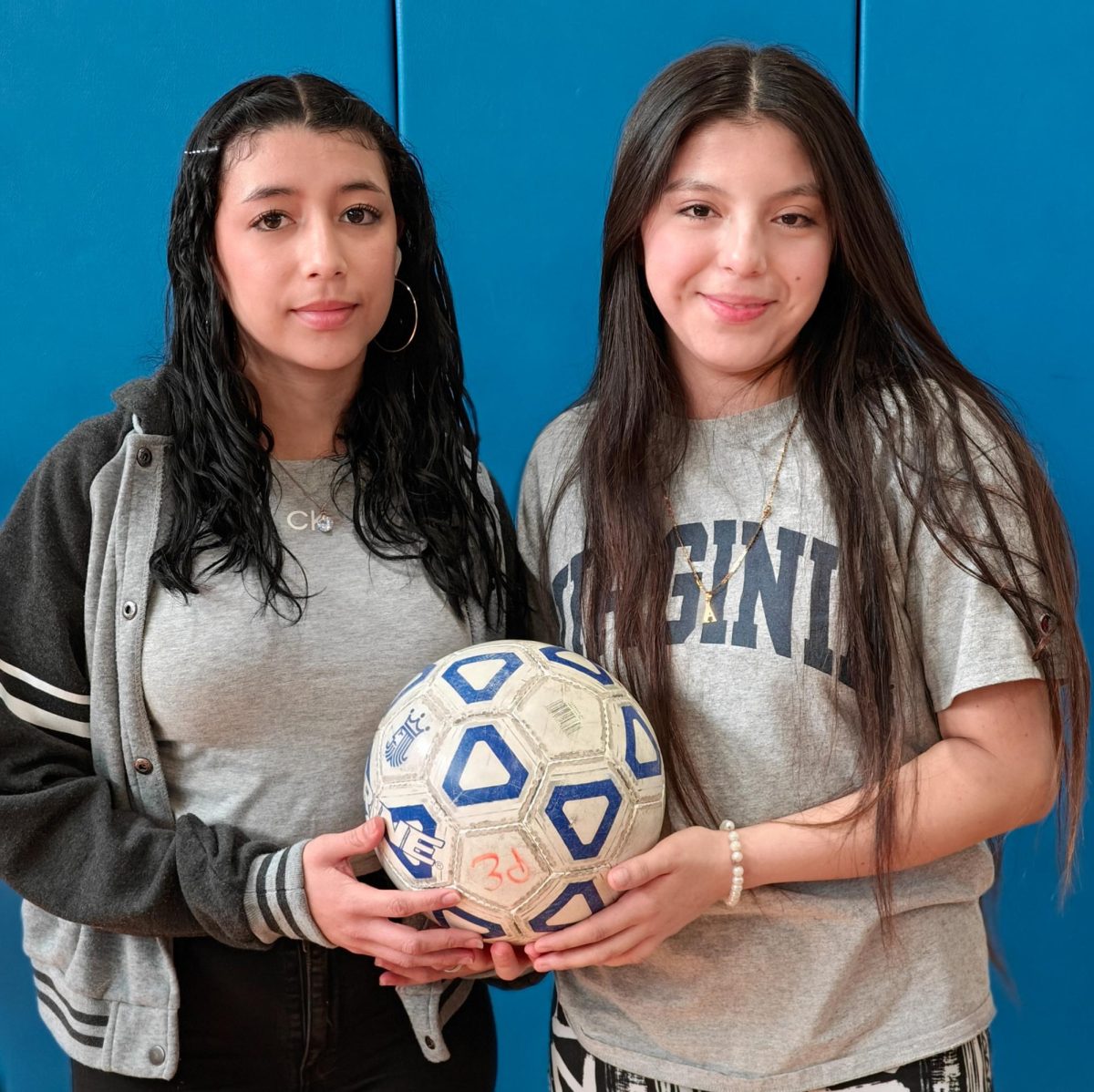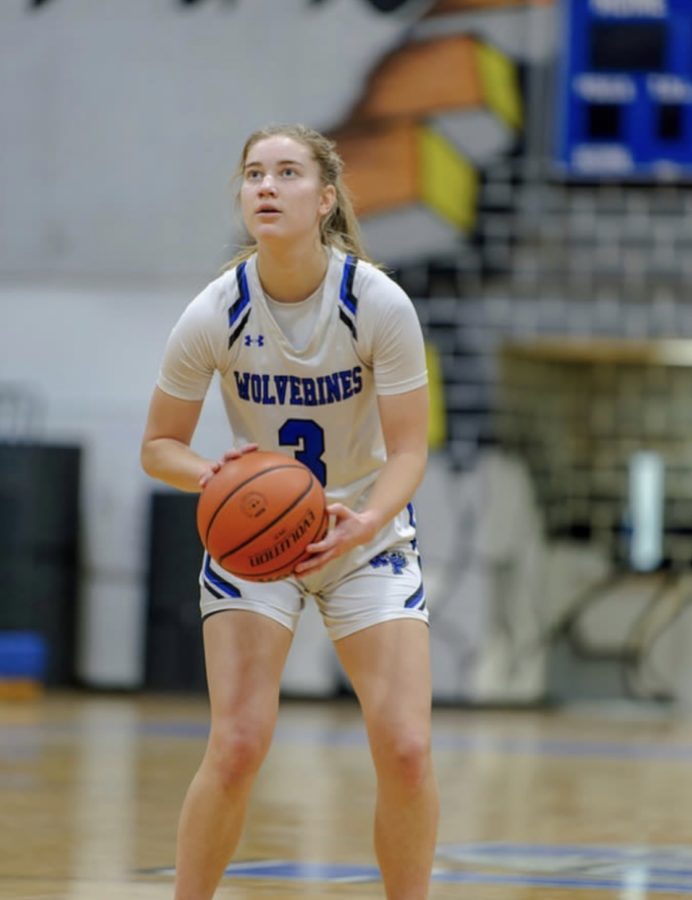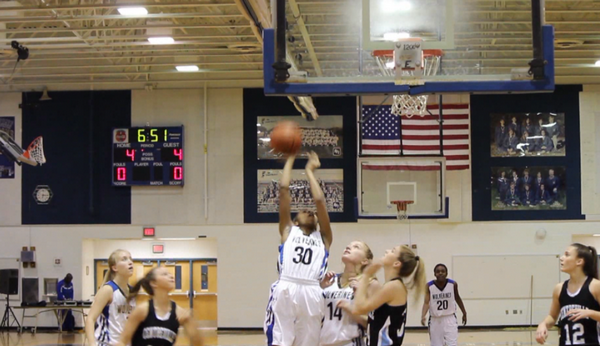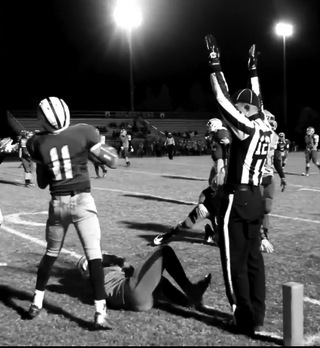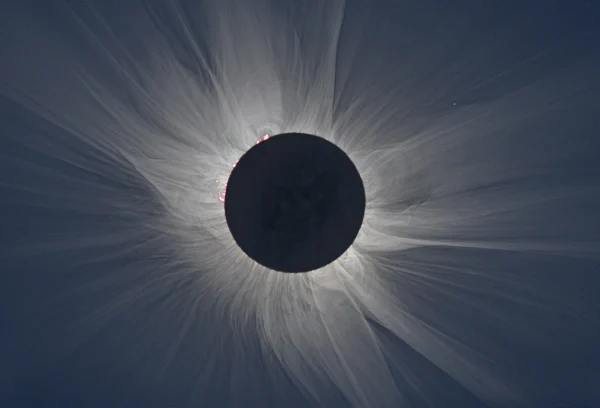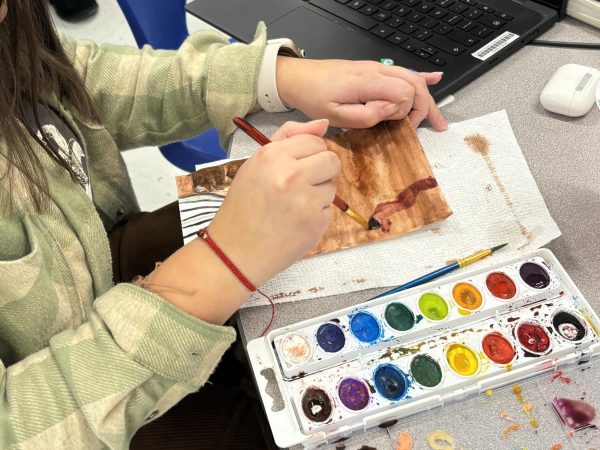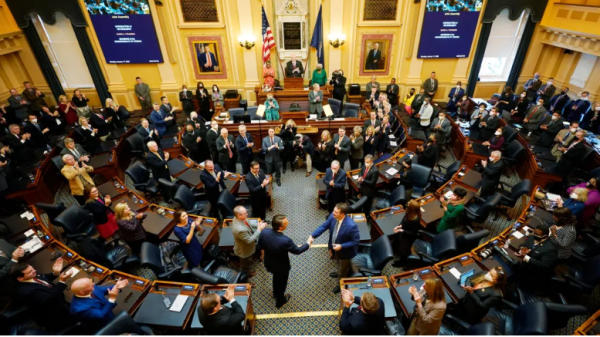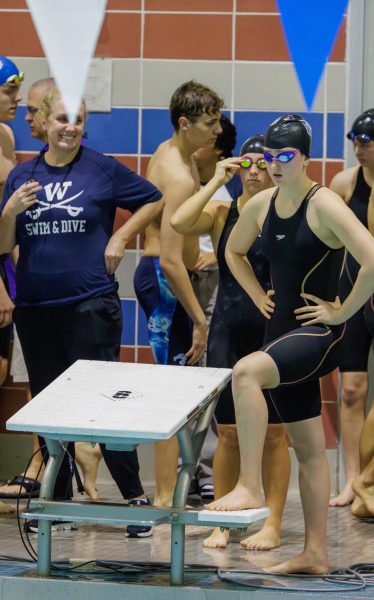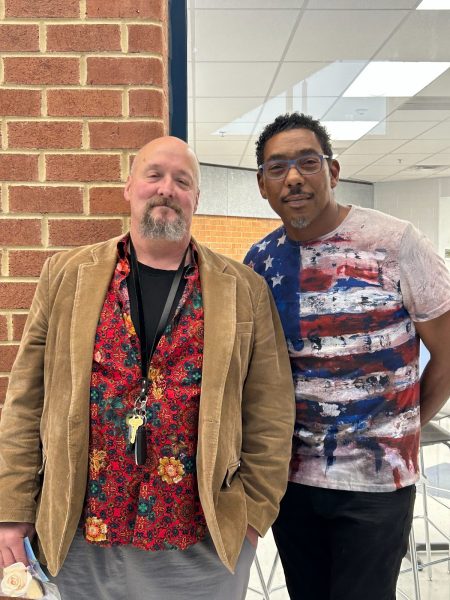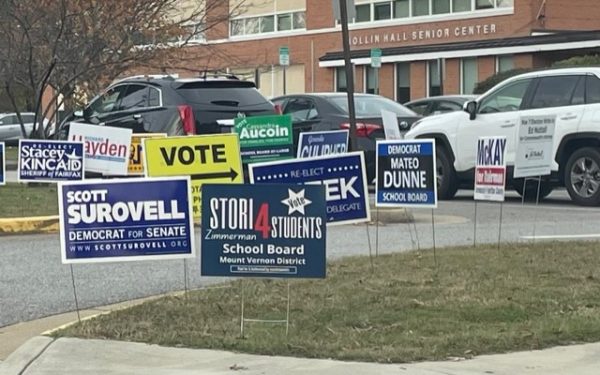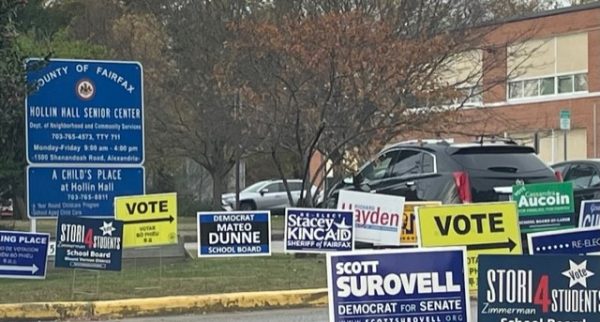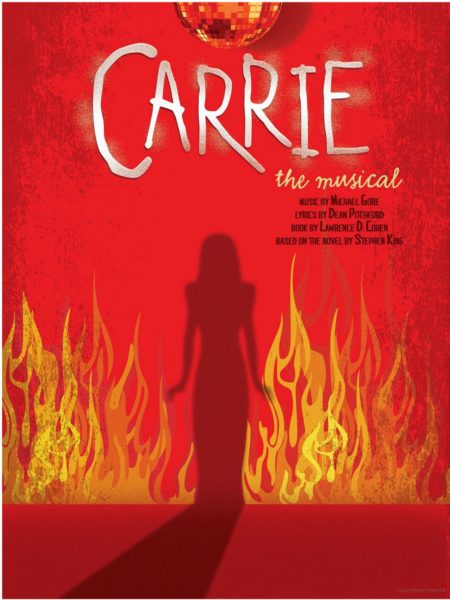New Lunch Trays Enter West Po Cafeteria
New lunch trays resembling shoe boxes have replaced the traditional trays most students are accustomed to in the cafeteria. According to Ms. Elba Washington, West Po’s Food Services Kitchen Manager, a shortage of traditional lunch trays is to blame for the change.
According to Washington, the food service workers are placing orders every 2 weeks to Dade Paper, the maker of the trays, but they aren’t receiving them. Most of the traditional trays are going to elementary schools because the younger students have trouble holding the new ones. Rather than the food workers choosing these new trays as a substitute, Dade Paper is providing them in an effort to fulfill their orders.
Washington explained the extent of the issue, saying, “the problem is not just here, it’s nationwide. Alexandria, Arlington…”
Washington believes covid may be part of the shortage issue. She discussed how sick employees are unable to work, and outbreaks of the virus can close factories, which reduces production of the trays. Additionally, the trays have to be imported internationally at times, which can cause further problems and delays since other countries have their own unique covid situations.
The newness of the problem is another reason Washington blames covid for the tray issues, saying, “We never had these problems in the past.”
Other companies, including one called RIverside, have the same shortages with the lunch trays, according to Ms. Washington. The food workers don’t know when the problem will resolve, which is very frustrating for some students.
Washington explained, “We’re hoping [the problem resolves] because … the kids are coming, I’m the mama here and you have to explain it, the students don’t understand it.”
The food workers have received complaints from parents, according to Washington, but they can’t promise anything about fixing the issue due to the uncertainty of the tray supplies. It’s impossible to know when a solution may be implemented.
Washington senses the frustration in students and reminds them of the complexities of the situation, saying, “Sometimes the kids don’t understand, they just come through the line. But behind the line, it’s different.”
Javin Richards, freshman, enjoys writing and playing football. This is his first year in journalism and he is looking forward to becoming a good writer...

